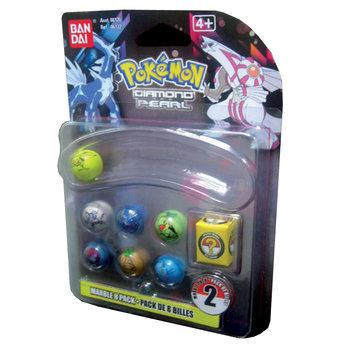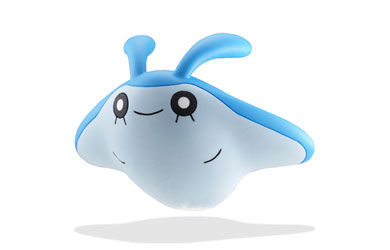

“Pokémon was gigantic around generations 1 and 2, but Pokémania died out around generation 3 and was considered no longer ‘cool’,” pixel artist and streamer Tahk0 told Polygon over Twitter. Those games had a large and distinct audience of first-time players, making it primed for nostalgia. It also didn’t hurt that the original Diamond and Pearl also got a boost because of how wildly successful the Nintendo DS was - to date, it’s the best-selling handheld console ever with more than 154 million units sold. What makes these remakes special goes beyond what they’re doing they’re special because they represent a sort of generational reset within the franchise, as each title brings new first-time players into the fold.

Pokémon is largely a franchise that’s powered by nostalgia, and Pokémon Brilliant Diamond and Shining Pearl cater to the generations of players who grew up with these titles.

“I was one of the kids bullied out of liking Pokémon when Ruby and Sapphire came around,” but Diamond and Pearl brought him back to the series. “The original Diamond and Pearl are special to me because it restored my confidence in not being ashamed in what I loved,” Black told Polygon over Twitter. Steve Black Jr., host of Pokémon podcast It’s Super Effective and streamer, told Polygon about how the games refreshed his interest in the franchise. But Game Freak, the primary developer behind Pokémon games, and Masuda took these claims as a challenge and created a three-game plan from 2002 to 2006 - starting with Pokémon Ruby and Sapphire, and ending with Pokémon Diamond and Pearl to refresh the Pokémon franchise, and show that it could be a lasting, international brand.įans eagerly embraced these new releases. The Pokémon fad is over! It’s dead!’” Masuda said in an interview with Game Informer. “The original Diamond and Pearl are special to me because it restored my confidence in not being ashamed in what I loved.”Īfter the release of the hit games, Pokémon Gold and Silver, some told producer Junichi Masuda that Pokémon was on the outs. Pikachu and his cohorts were here to stay. Namely that “Pokémania” - a term used to describe the Pokémon boom of the ’90s and early 2000s - wasn’t going anywhere. Diamond and Pearl have long held a special spot in the fandom, because the games make an assertion about Pokémon’s staying power. But this wait has only served to build anticipation. For reference, the time between the original and the remakes for Pokémon Ruby and Sapphire, and Pokémon Gold and Silver, was roughly 12 years, and nine years, respectively. It has been over 15 years since the original Diamond and Pearl were released stateside. Beyond that, these classics’ internet connectivity created a thriving meme culture that lives on today.įans have been waiting a long time for this remake, and anticipation has had time to build. They’re so highly anticipated thanks to a generation of nostalgic players, along with a purist fandom that seeks to bring Pokémon back to what it “should” be. These passionate responses reflected a fandom that’s been asking for the remakes of Diamond and Pearl, or “Sinnoh remakes” as they’re called by fans, for years.

The responses online ranged from the classic exaggerated “LET’S GoOOOoOOOOOOO,” to condemnation and disgust over its cutesy art style. When The Pokémon Company initially announced the remakes, which are now playable on the Nintendo Switch, the fandom came to life. To many, these titles were touchstones for so many first-time Pokémon players, and laid the groundwork for a new generation of fans.
COMPARE POKEMON DIAMOND TO PEARL SERIES
After incredibly popular releases in the ’90s and early 2000s, The Pokémon Company released two games that pushed the series into the modern age - Pokémon Diamond and Pearl were released for Nintendo DS in 2006, and were the first that connected to the internet. Pokémon is a deeply beloved franchise, but its long-lasting success was never a guarantee.


 0 kommentar(er)
0 kommentar(er)
